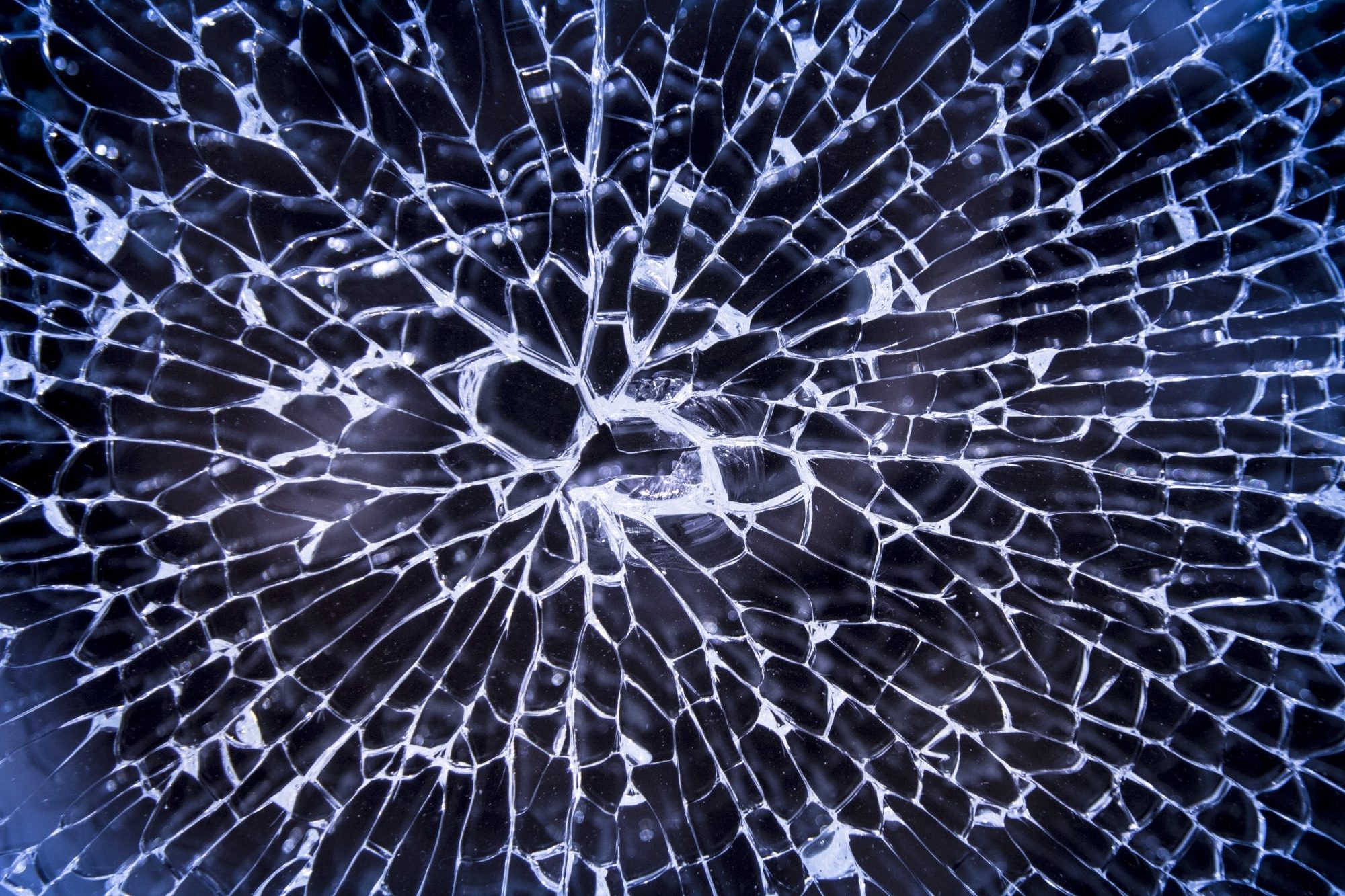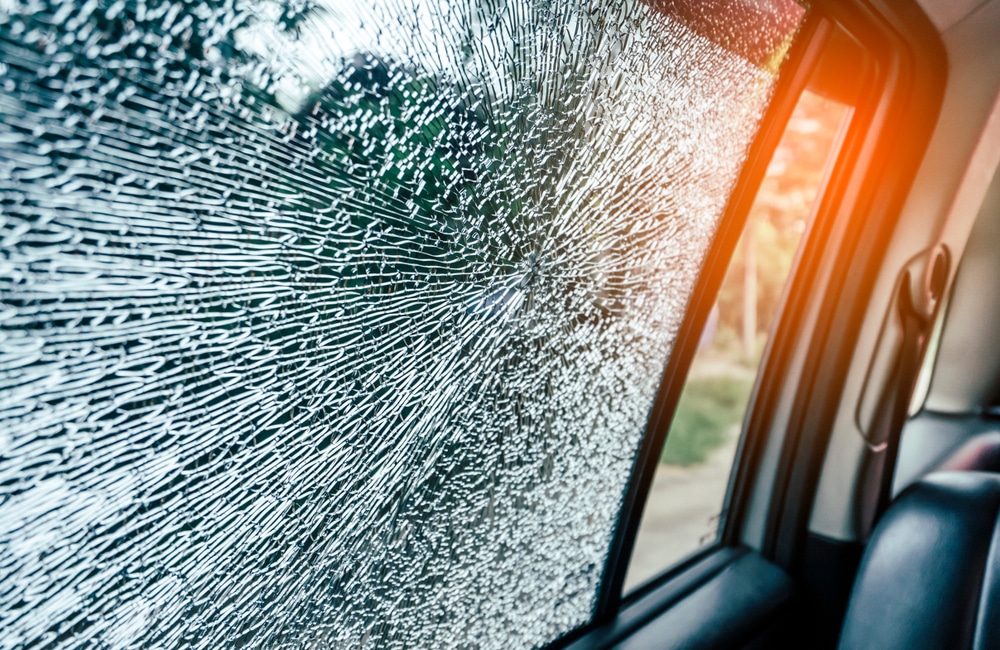

Those in the market to get new types of flat glass come in different varieties and have their own unique utility. It’s always good to work with Sydney glass installation experts, and always a good idea to understand what the different types of glass are out there and why you should consider them.
Glass can be very brittle or one of the most durable materials out there, so knowing what you’re going for in terms of durability will help make your decision with your glass selection.
Standard glass
When you first start making glass inquiries, untreated glass is commonly known as float glass. This is something you find in windows in homes and offices (inside – not the glass windows that are on the outside as well).
For example, if you have glass doors, you might use this type of glass. It’s very thin and will often need glass repairs, but it also will come at the lowest cost due to how little processing occurred.
Tinted glass
This option is about reducing sunlight, glare and UV radiation. Tinted glass works like sunglasses and can also help with privacy, especially with cars and office space. It doesn’t have any effect when it comes to the strength of the glass, but there are tinted glass options available with some of the stronger types of glass out there.
There are also different degrees of tint one can get, whether they’re getting it for their office or their latest car, and this can help also improve the UV protection and privacy functionality.
Insulated glass
For those considering getting tinted glass, you can combine at the minimum two panes of glass together with specialised solutions in between each pane to help with insulation. Then you can increase the number of panes if you’re looking for more insulation.
This is a great way to save on energy costs by getting this type of glass, and the tinted treatment helps to regulate temperatures and insulation. Insulated glass is becoming more of a standard simply due to the energy-saving costs that come with it.
Obscured glass
You’re looking for obscured glass for those in the middle of their glass inquiries wondering about privacy. This can be added onto glass later on or be shipped already obscured.
It’s where you cannot clearly see through the glass and would only see shadows or other reflections. It’s perfect for those office situations where you may be working with confidentiality or commonly used in bathrooms and shower rooms as an interior design choice while also maintaining dignity.
Annealed glass
The next set of glass we’re going to look at is that toughened glass that is highly resistant to breaking. There are a few layers to this, and the first type of this glass is annealed glass. It’s a much slower process of working with float glass.
Keep in mind that annealed glass without any further treatment is quite breakable and can shatter into large dangerous chunks of glass. It’s always the preparation format to make better types of strengthened glass and something to know when making glass inquiries.
Heat-strengthened glass
This is where one rapidly heats the glass to excessively high temperatures, around 600 degrees Celsius or 1100 degrees Fahrenheit. Then the glass is cooled quickly (like how a blacksmith handles metals).
This leads to a much more robust form of glass than annealed glass, but at the same time not strong enough for glass as a layer of protection. This type of glass will also break into large pieces like annealed, making glass repairs easier.
Tempered glass
Here is where we’re talking about the type of glass used in cars, and it can sometimes be so strong they’re bullet resistant. This is made from annealed glass and gets even hotter than heat strengthened glass.
This type of glass goes around 650 to 700 degrees Celsius (way over 1200 degrees Fahrenheit), and then its rapidly cooled down through a process called quenching. This is one of the best ways to make safety glass and has the added benefit that if you can break it, it shatters into much smaller shapes, leading to simpler glass repairs or glass replacement.
This prevents any further injuries as the number of large sharp pieces is reduced or eliminated. Keep in mind when making glass inquiries that you need to have the exact shape you’re looking for pre-cut, as it won’t be possible after the tempering process is complete. Your glass installation Sydney based expert will know all this beforehand.
Safety glass
If tempered glass isn’t enough, we go to the type of glass that is really the strongest. It’s a multi-step process, starting with the annealed glass, getting tempered and then lining it up with PVB layers that add that durability.
It’s really combining multiple layers of toughened glass with this PVB, which allows for additional safety features. For example, if any part of the glass breaks, the rest of the glass may stay intact and help support the broken glass until it needs to be repaired. This is due to how the process layers everything together.
That means no shattered pieces everywhere or sharp edges to cut you anywhere else. This type of glass can also have layers of tint added to it for additional security and privacy.
There are also some additional modifications you can get to glass for highly specified reasons, such as fire resistance and the aforementioned bulletproof glass. It all comes back to what type of glass you’re truly looking for, and the only way to know that is to work with experts that can help navigate all the various glass options out there.
Maybe you don’t need the strongest type of glass out there, or you’re just looking for insulated glass for your home or office building. Either way, we at Champion Window are your local Sydney based glass experts. Whether you’re looking for a glass repair team or a Sydney glass installation specialist, we’ve got you covered and can’t wait to work with you.